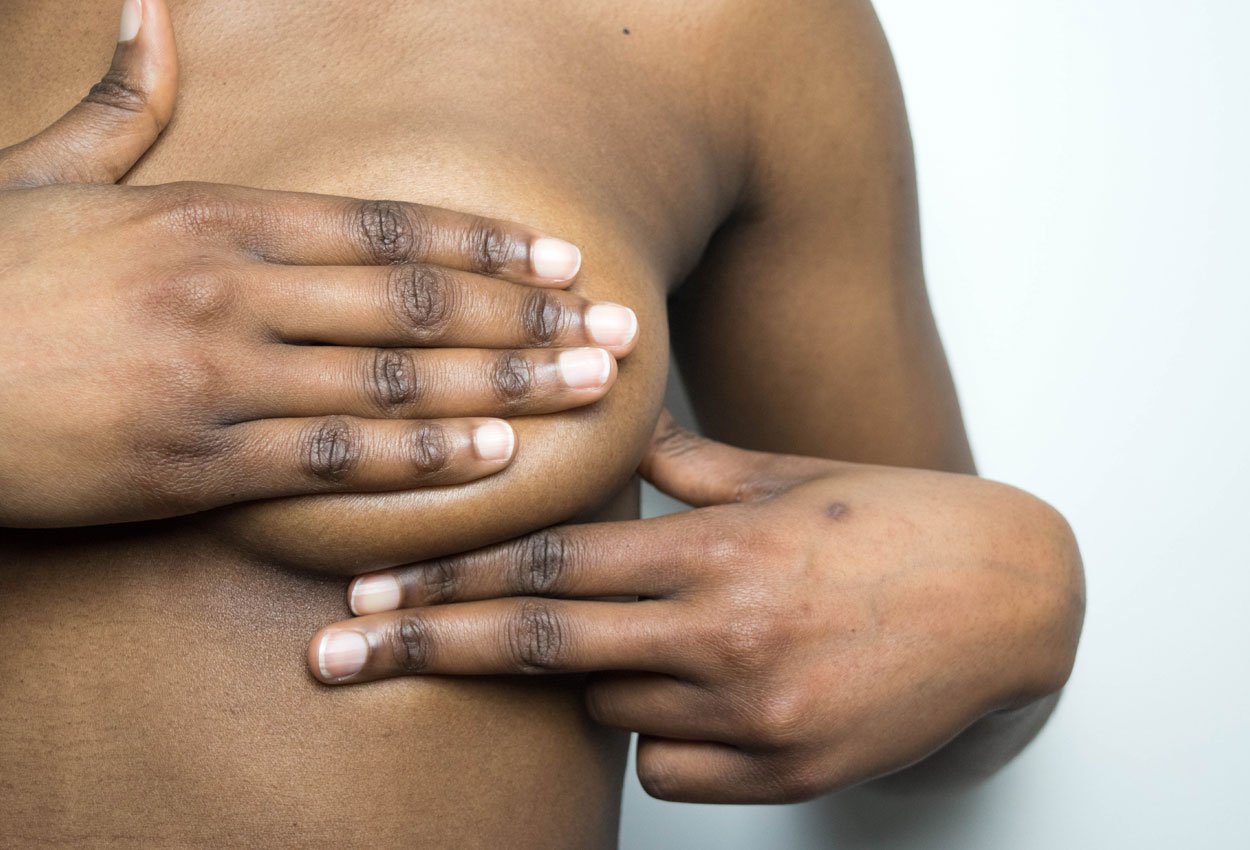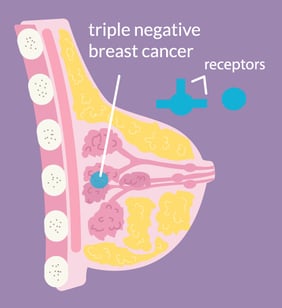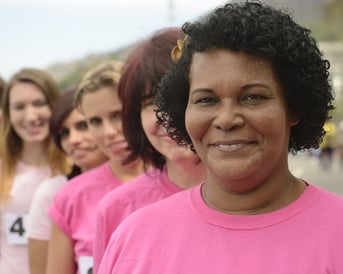
Racial disparities exist across the whole spectrum of healthcare, and the detection of breast cancer is no exception. Breast cancer is the second most common cancer among women – in fact 1 in 8 women in the United States will face a breast cancer diagnosis in their lifetime and roughly 42,000 women annually will die from the disease. However, when breaking down these statistics by ethnicity, African American women fare much worse.
More likely to die from the disease
Despite having a 4% lower incidence rate, Black women are 41% more likely to die from breast cancer than White women. That staggering statistic can be contributed to quite a few factors.
The first being that Black women have a higher risk of developing triple-negative breast cancer (TNBC), the most aggressive and difficult type of breast cancer to treat. Triple-negative breast cancer accounts for over one-third of breast cancer diagnoses in African American women.
cancer accounts for over one-third of breast cancer diagnoses in African American women.
Research suggests that genetics, health behaviors, social structures, and income can contribute to the increased risk of TNBC. This same research noted that Black women tend to have higher rates of certain gene mutations than that of White women. One example is the TP53 mutation - the most commonly mutated gene in breast cancer. 46% of Black women who were studied presented with this mutation while only 27% of White women studied had it.
Socioeconomics and poverty contribute to disparity
Another factor that increases the likelihood of TNBC is obesity. A 2016 study found that women with a BMI of 30 or higher have an 82% greater risk of TNBC.
Black women are more likely to have a lower socioeconomic status than their White counterparts. Poverty plays a large part in increasing health risk factors for all individuals regardless of race. Income disparity can result in the lack of access to nutritious foods and high intake of inexpensive food which are high in calories, yet nutrient poor, all of which can be attributed to the higher percent of Black women who are obese in the United States.
Poverty also plays a part in reduced likelihood of adequate insurance, easy access to health care facilities, and education about breast cancer awareness and prevention, leading to an increased chance of being diagnosed at a much later stage than more affluent women.
Systemic racism and cultural norms also play their part
Black women are underrepresented and tend to not be featured in breast cancer awareness campaigns. Strengthening the perception of breast cancer as a White women’s disease.
 A recent focus group was conducted to examine the perceived knowledge of breast cancer and multiple women commented that when seeing media related to breast cancer, and breast cancer awareness campaigns, you rarely see Black women.
A recent focus group was conducted to examine the perceived knowledge of breast cancer and multiple women commented that when seeing media related to breast cancer, and breast cancer awareness campaigns, you rarely see Black women.
In addition to being underrepresented in breast cancer media, Black American women are also underrepresented in clinical trials related to breast cancer research.
This same focus group also examined cultural norms in the African American community. One
Black participant commented how food preparation differs from her White counterparts, giving the example that where White women will eat fresh vegetables from a garden, Black women would fry them up. She might eat steak with butter, where a White woman might just eat a plain steak. As stated earlier, this type of diet increases the likelihood of obesity which in turn increases the chance of breast cancer.
Medical mistrust stemming from a history of racism
Another cultural difference is the general mistrust that Black Americans have against Western medicine. This mistrust stems back centuries. The U.S. medical establishment has a long legacy of discriminating against Black Americans, and exploiting them for medical experiments without their consent.
There is little research done on how this mistrust directly correlates with breast cancer, but there are researchers who believe that there is little diversity among physicians, who are predominantly White.
There is a wide range of contributing factors into why the number of Black women dying from breast cancer in the United States is so high in comparison to White women. There have been attempts in public policy to reduce this number and save as many lives as possible, but there is still work to be done in terms of affordability, availability, accessibility, accommodation, and acceptability.
What needs to be done
Efforts need to be made to improve the reach of health education programs to include more  representation of Black women in breast cancer awareness messaging and focus on their unique risk for developing triple-negative breast cancer. As we learn that breast cancer is not a one size fits all disease, screening recommendations need to be adjusted for risk factors, and more Black women need to be involved in clinical trials to help researchers understand and better treat triple-negative breast cancer and save more lives.
representation of Black women in breast cancer awareness messaging and focus on their unique risk for developing triple-negative breast cancer. As we learn that breast cancer is not a one size fits all disease, screening recommendations need to be adjusted for risk factors, and more Black women need to be involved in clinical trials to help researchers understand and better treat triple-negative breast cancer and save more lives.
All women need to be made aware of the coverage provided through the Affordable Care Act and hopefully soon, follow up care via the Find It Early Act being proposed by Senators Rosa DeLauro (D-CT) and Brian Fitzpatrick (R-PA), for too many women are delaying or forgoing follow-up care altogether.
And lastly, there is a deep need for health care clinics and public health organizations to form partnerships at a community level to help address and overcome physical and cultural barriers to care. Physicians, too, need to work on becoming more culturally competent as the patient population becomes more and more ethnically and culturally diverse.
To learn more about educational resources, programs, and services geared to Black women, visit the African American Breast Cancer Alliance.

Mary Lang Pelton
Director of Marketing Communications
